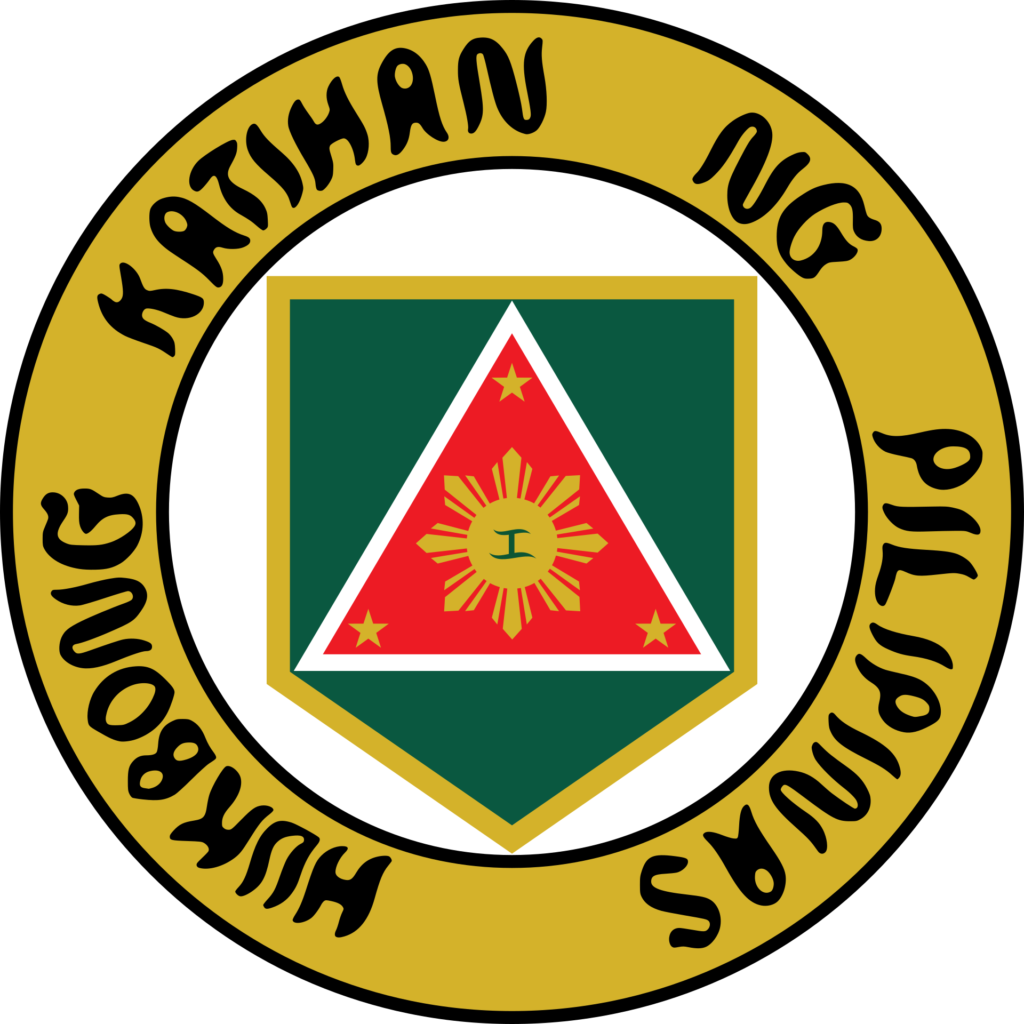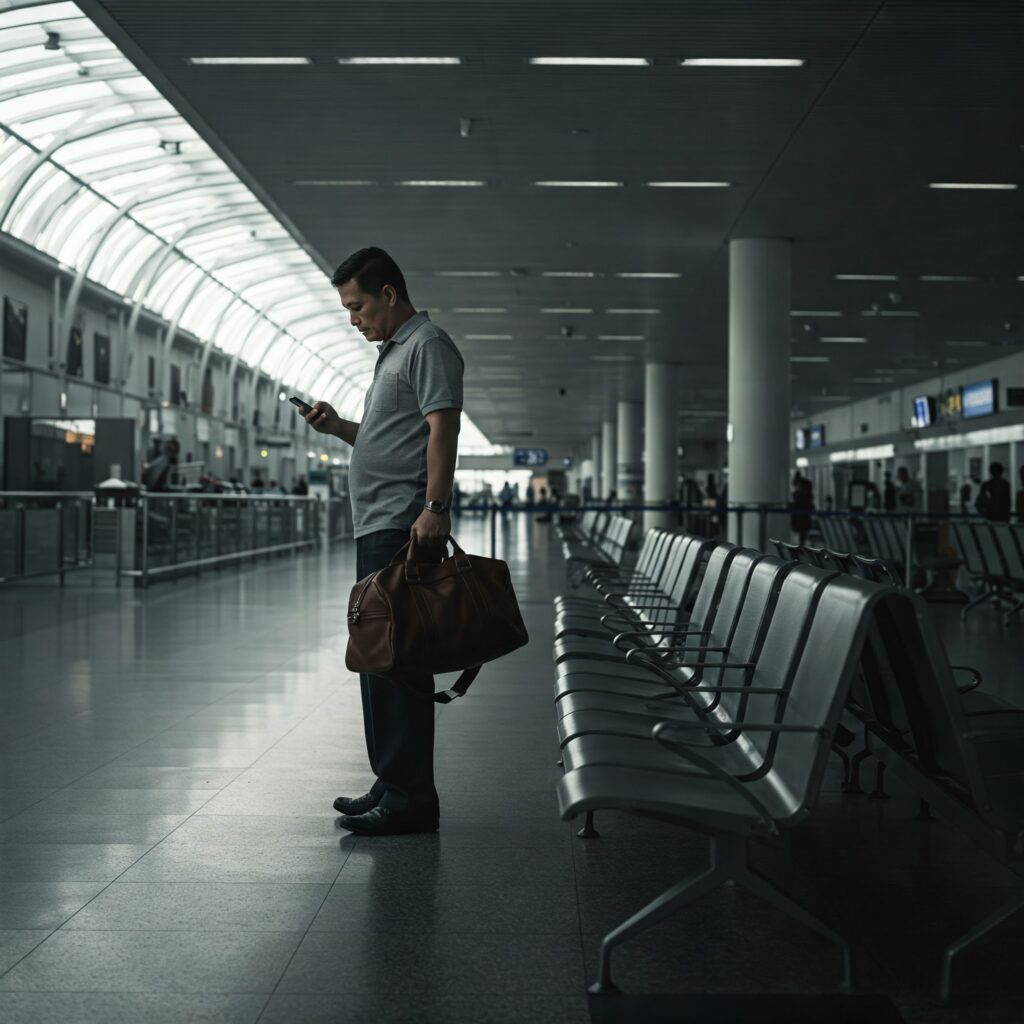The Philippine Army (PA) serves as the principal ground warfare component of the Armed Forces of the Philippines (AFP). Its mission is deeply rooted in the defense of the country’s sovereignty and territorial integrity. From its humble beginnings to its modern-day structure, the Philippine Army has played a crucial role in shaping the nation’s history, responding to both internal and external threats, and contributing to national development. This blog aims to provide a comprehensive overview of the Philippine Army, exploring its history, organization, capabilities, and ongoing efforts to safeguard the Philippines.
A History Forged in Conflict and Service
The Philippine Army’s history is intertwined with the nation’s struggle for independence and its subsequent journey as a sovereign state. While its formal establishment is linked to the creation of the AFP, its roots can be traced back to the revolutionary forces that fought against Spanish colonial rule in the late 19th century. These early Filipino revolutionaries, though lacking formal military training and resources, displayed remarkable courage and resilience in their fight for freedom. Their spirit of patriotism and dedication to the nation’s cause laid the foundation for the future Philippine Army.
The transition to American rule brought new challenges and a different context for military development. The Philippine Constabulary, established during the American period, played a significant role in maintaining peace and order. This organization, while primarily a police force, also possessed paramilitary capabilities and often engaged in combat against various insurgent groups. This experience contributed to the evolving military landscape and the eventual formation of a more structured Philippine Army.
The formal establishment of the Philippine Army can be traced to the National Defense Act of 1935. This act, enacted in anticipation of growing international tensions, laid the groundwork for a regular army and a citizen army, reflecting the need for a robust defense force. The nascent Philippine Army faced its first major test during World War II, when it bravely resisted the Japanese invasion. Despite being outnumbered and outgunned, Filipino soldiers fought alongside American forces, demonstrating their unwavering commitment to defending their homeland. The sacrifices made during the war solidified the Army’s role as a symbol of national resistance and resilience.
Organizational Structure and Chain of Command
The Philippine Army is organized under the Chief of Staff of the Armed Forces of the Philippines. The Army is headed by the Commanding General, who oversees its various major units and commands. This structure ensures a clear chain of command and facilitates effective control and coordination of military operations. The organization is designed to address the diverse security challenges facing the nation, from territorial defense to internal security operations.
The Army’s structure includes various specialized units, such as infantry divisions, light infantry brigades, special forces, and support units. These units are trained and equipped to perform specific roles, contributing to the overall effectiveness of the Army. The infantry divisions form the backbone of the Army’s ground forces, while the light infantry brigades are designed for rapid deployment and maneuverability. Special forces units are trained for specialized missions, such as counterterrorism and unconventional warfare. Support units provide crucial logistical, engineering, and medical services.
Key Components of the Philippine Army Organization
| Component | Description |
|---|---|
| Infantry Divisions | The main ground combat units of the Army. |
| Light Infantry Brigades | Highly mobile units for rapid deployment. |
| Special Forces | Specialized units for counterterrorism and unconventional warfare. |
| Support Units | Provide logistical, engineering, and medical support. |
Source: Armed Forces of the Philippines official website (hypothetical for illustrative purposes. Always refer to the official source for the most up-to-date information.)
Mission and Responsibilities
The Philippine Army’s primary mission is to defend the sovereignty and territorial integrity of the Philippines. This includes deterring external aggression and responding to any threats to the nation’s borders. The Army also plays a crucial role in internal security operations, working alongside other law enforcement agencies to address insurgency, terrorism, and other forms of internal conflict. Furthermore, the Army is involved in disaster relief operations, providing humanitarian assistance to communities affected by natural calamities.
The responsibilities of the Philippine Army extend beyond traditional military duties. The Army also contributes to nation-building through various civil-military operations, such as infrastructure development, medical missions, and educational outreach programs. These activities help to foster closer ties between the military and the civilian population, promoting national unity and development. This multifaceted role highlights the Army’s commitment to serving the Filipino people in various capacities.
Capabilities and Modernization Efforts
The Philippine Army is currently undergoing a modernization program aimed at enhancing its capabilities and addressing emerging security challenges. This program focuses on acquiring new equipment, upgrading existing systems, and improving training and doctrine. The modernization efforts are crucial for ensuring that the Army is well-equipped and prepared to fulfill its mission in a rapidly changing security environment.
The Army’s modernization efforts include the acquisition of new armored vehicles, artillery systems, communication equipment, and other essential assets. These acquisitions are intended to improve the Army’s firepower, mobility, and situational awareness. The modernization program also emphasizes the development of cyber warfare capabilities and the integration of advanced technologies into military operations. These efforts reflect the growing importance of technology in modern warfare.
Examples of Modernization Initiatives
| Initiative | Description |
|---|---|
| Armored Vehicle Acquisition | Procuring modern armored vehicles to enhance mobility and firepower. |
| Artillery System Upgrades | Modernizing artillery systems for improved accuracy and range. |
| Communication Equipment Enhancement | Upgrading communication systems for better coordination and interoperability. |
Source: Department of National Defense (hypothetical for illustrative purposes. Always refer to the official source for the most up-to-date information.)
Challenges and Future Directions
The Philippine Army faces a range of challenges in fulfilling its mission. These challenges include limited resources, evolving security threats, and the need to adapt to new technologies and doctrines. Addressing these challenges requires a sustained commitment to modernization, training, and strategic planning. The Army must also continue to strengthen its partnerships with other countries and international organizations to enhance its capabilities and address transnational security threats.
The future of the Philippine Army lies in its ability to adapt to the changing security landscape and embrace innovation. This includes investing in new technologies, developing new doctrines, and fostering a culture of continuous learning and improvement. The Army must also continue to prioritize the welfare of its soldiers, ensuring that they are well-trained, equipped, and supported. By addressing these challenges and embracing innovation, the Philippine Army can continue to serve as a guardian of the nation and a force for peace and stability in the region.
The Philippine Army: A Symbol of National Pride
The Philippine Army stands as a symbol of national pride and a testament to the Filipino people’s resilience and patriotism. From its humble beginnings to its present-day structure, the Army has played a vital role in shaping the nation’s history and safeguarding its future. The men and women who serve in the Philippine Army embody the values of courage, duty, and sacrifice. Their dedication to the nation’s cause and their unwavering commitment to serving the Filipino people make them true heroes. As the Philippines continues to face evolving security challenges, the Philippine Army remains steadfast in its mission to defend the nation and protect its people.
Disclaimer: This blog post provides a general overview of the Philippine Army. While every effort has been made to ensure the accuracy of the information presented, it is based on publicly available sources and may not reflect the most current or complete details. The information is intended for educational purposes and should not be considered as official military documentation. Report any inaccuracies to us so we can correct them promptly.




